
Arrival in Tangier
Finding My Lodging in the Medina
Tangier is ancient.
The Punic people, the western Phoenicians,
founded it as one of their colonies,
possibly as early as the 10th century BCE.
Carthage was the largest Punic settlement.
They had developed the site of Tangier as one of the
main ports of their empire by the 6th century BCE.
Under the Mauritanian kings the city minted coins with
Punic script.
When the Roman Empire reached the limit of its southwestern
growth and controlled Tangier and Volubilis,
190 kilometers to the south,
the city minted coins with Roman figures and Latin script
on the front, but an image of the Canaanite god Ba'al
on the reverse.
I was going to the medina,
the Arabic word for "city" or "town"
but used to refer to the old part of a town today.
Not Punic old, mind you,
but the district with the remaining souqs or markets
in narrow, winding passageways.
Below is the Grand Socco,
a hybrid name mixing the French word for "large"
with the Spanish word for the Arabic "souq", meaning "market".
Now it's a traffic circle with a park in the center.
I took a petit taxi from the Tangier Ville train
station to Grand Socco and then walked into the medina,
doing my best to get rid of a persistent faux guide.
That's a character that the local Moroccans
recognize as a nuisance.
Once I got checked into my guesthouse,
I repeated my path and took pictures.
Here's the Grand Socco, the medina is straight ahead.
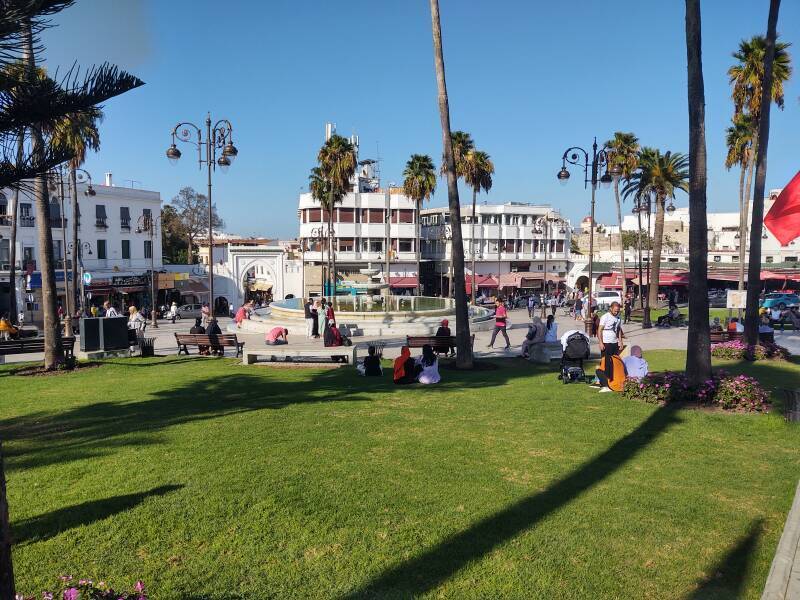
Bab is Arabic for "door" or "gateway". I learned that in Damascus, where Bab al-Sharqi or the Eastern Gate sounded like Bab Sharkey the local used-car salesman.
Bab el Fahs here in Tangier is the white archway to the left of the building with the cellular and point-to-point microwave antennas. I was headed for a guesthouse on the Petit Socco, a small souq in the medina. The directions I had sent me through Bab el Fahs, which worked, although the passage to the right of the telco building would have saved a few steps, and possibly got me past the faux guide lurking around the prominent gate watching for someone carrying bags.
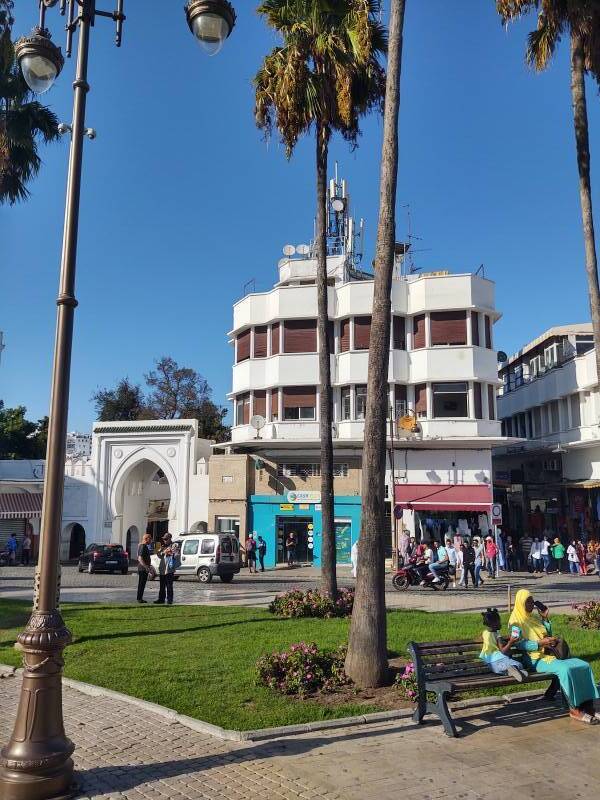
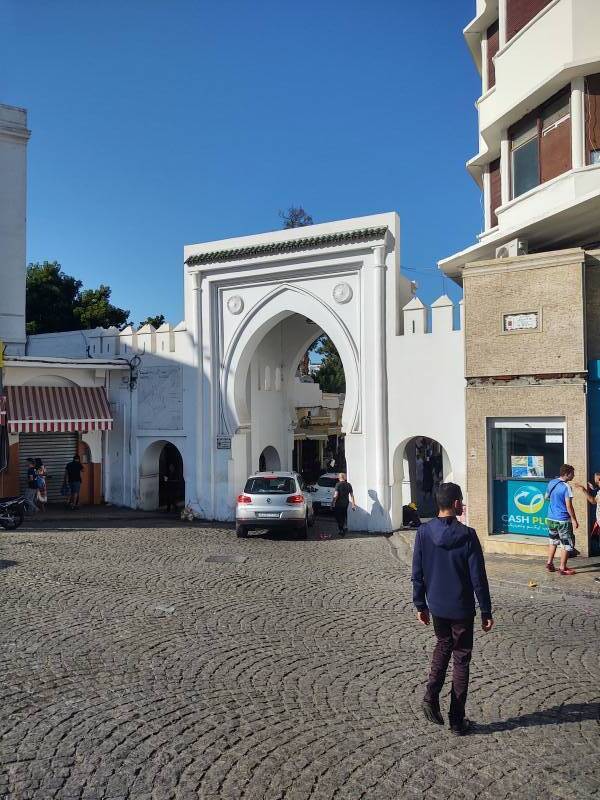
Yes, cars pass (one way) through Bab el Fahs. An ancient medina like the one in Tangier is enclosed by multiple layers of walls. This is an outer layer.
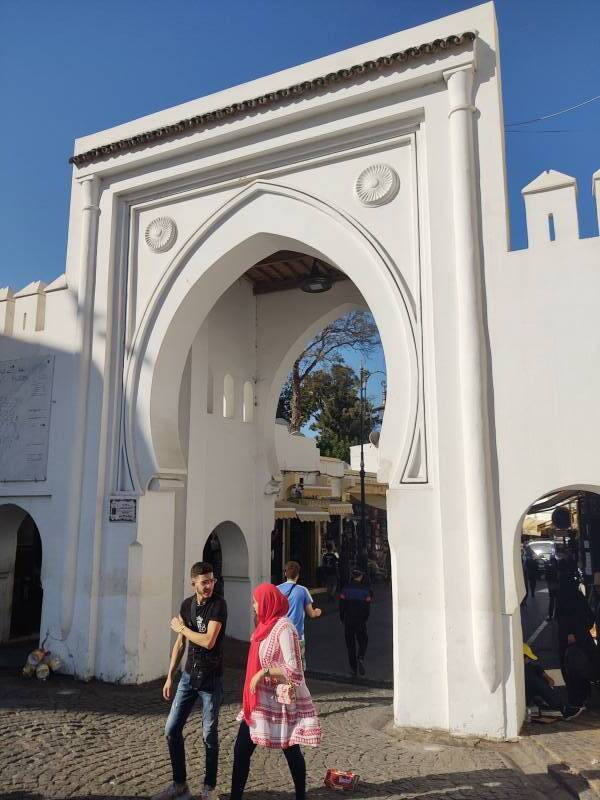
Once through Bab el Fahs, I continued down that street until a smaller lane led off to the right. There's no point in talking about "blocks" in this type of setting as there is no rectangular grid and 90° corners occur only by accident. Junctions don't occur at regular intervals, and passages turn at junctions and bend between them. All you can work with is distances to a junction, approximate turn angle, and then whether the turn is into a larger or smaller passage, roofed over or not. GPS becomes vague when you're back where there is no clear view of the sky. The circle containing your approximate location may cover half or more of the medina before GPS completely loses track.

Here is the boundary of the medina. Delivery vehicles and small emergency vehicles are allowed, but the barriers must be removed to let them through.
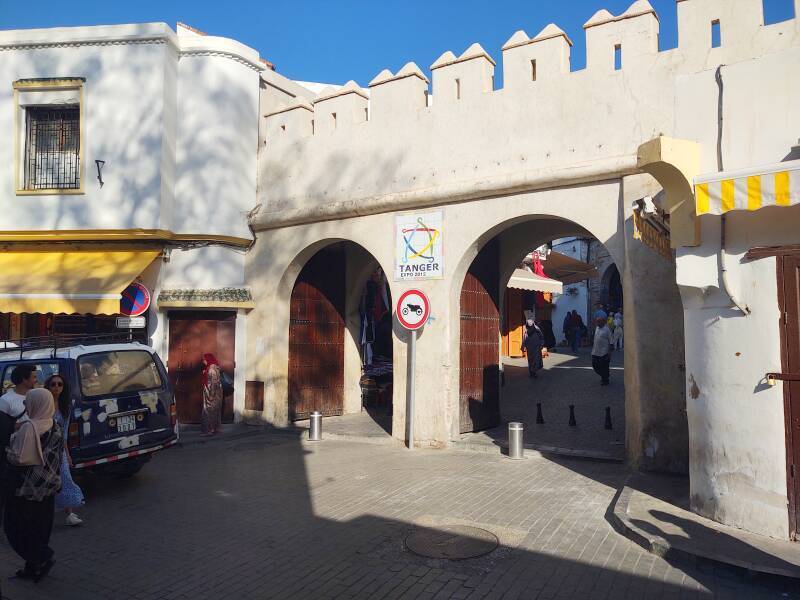
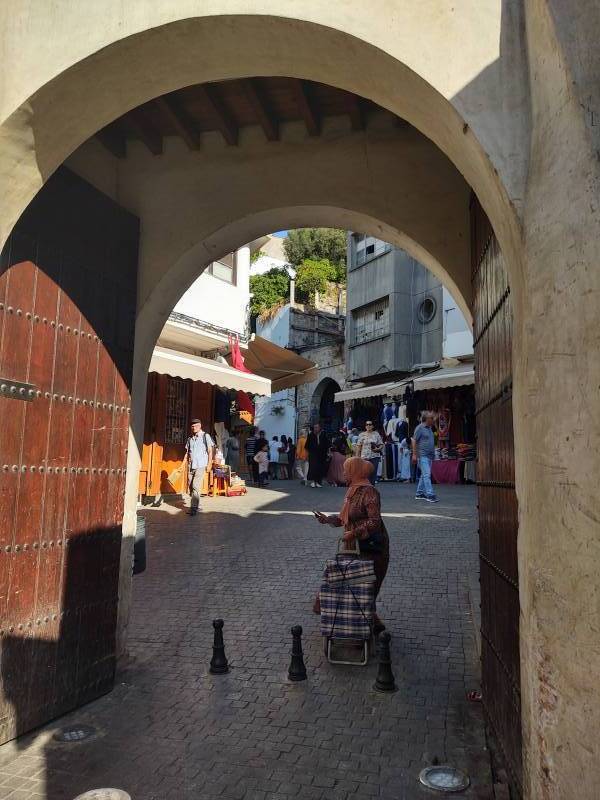
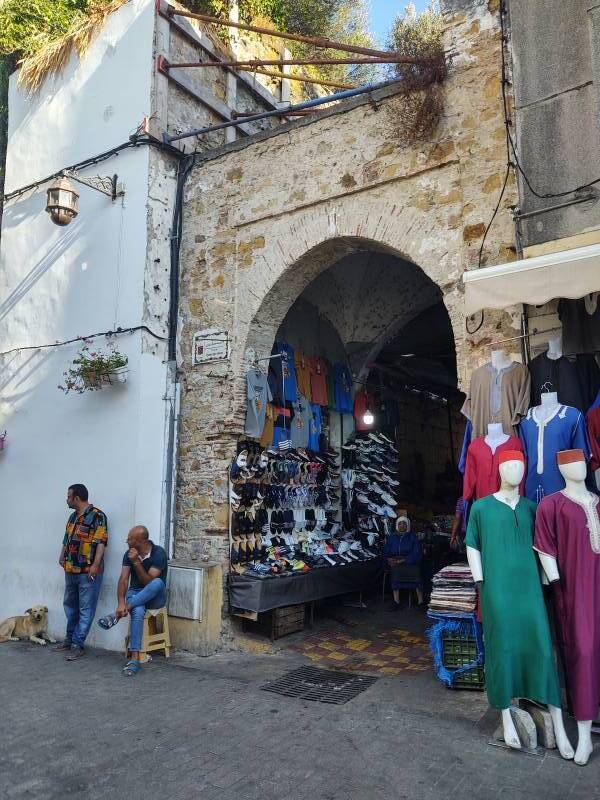
I passed a nice fountain a short distance in.
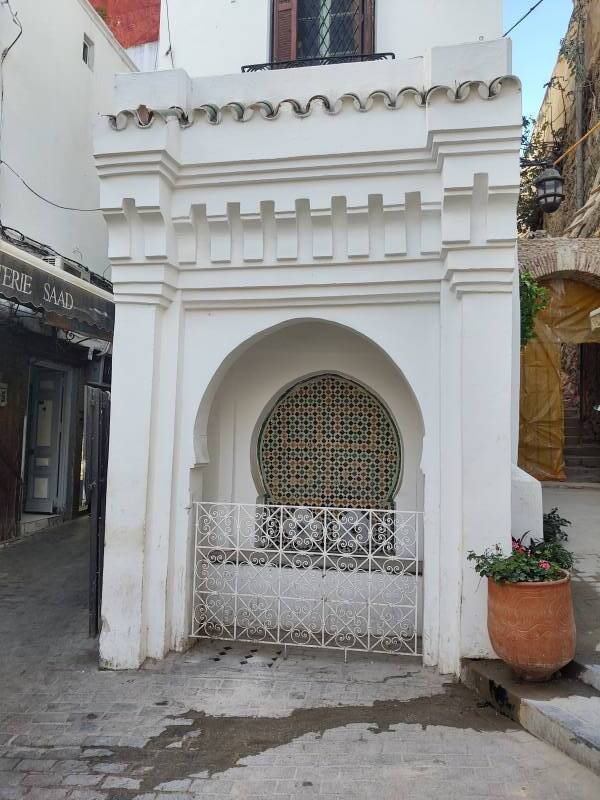
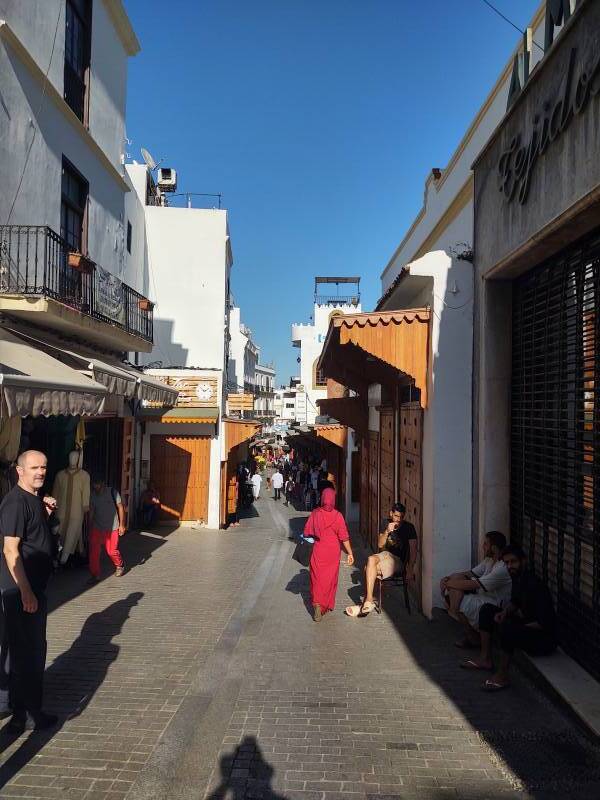
The above is the main street leading down into this part of the medina.
Petit Socco became quite famous under that name. But some of the names dating to the French Protectorate are reverting back to the original Arabic. So, this open area at the bottom of the slope is also Souq Dakhli. The place I'm staying is on the right, past the "KASBAH" sign. The main mosque is through this square and about another 50 meters ahead on the right.
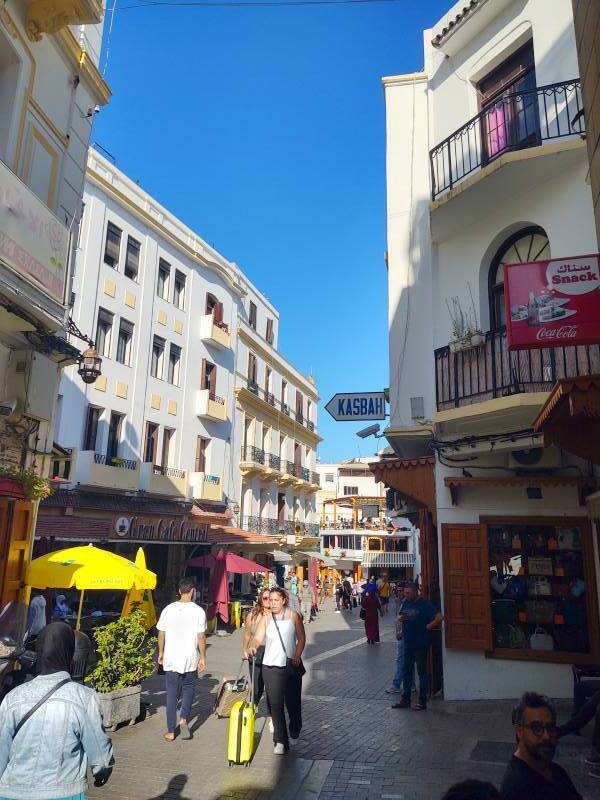

The last picture above switches to a sequence taken on another day at a different time, with better lighting.
I was looking for the pension–café–hôtel Fuentes. It's been here since 1913, one year into the French Protectorate. There are shops on the ground floor, a café serving tea, coffee, and soft drinks on the first floor up, and guest rooms on the top floor.
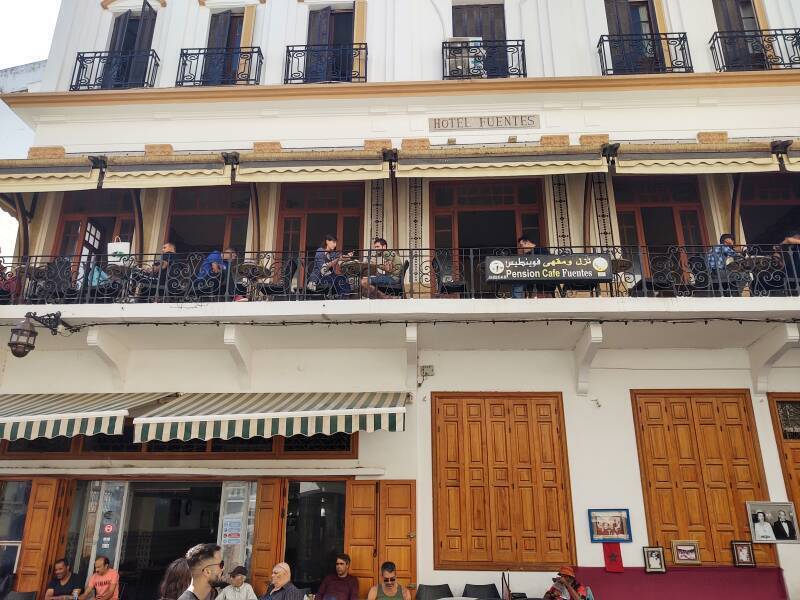
Here it is.
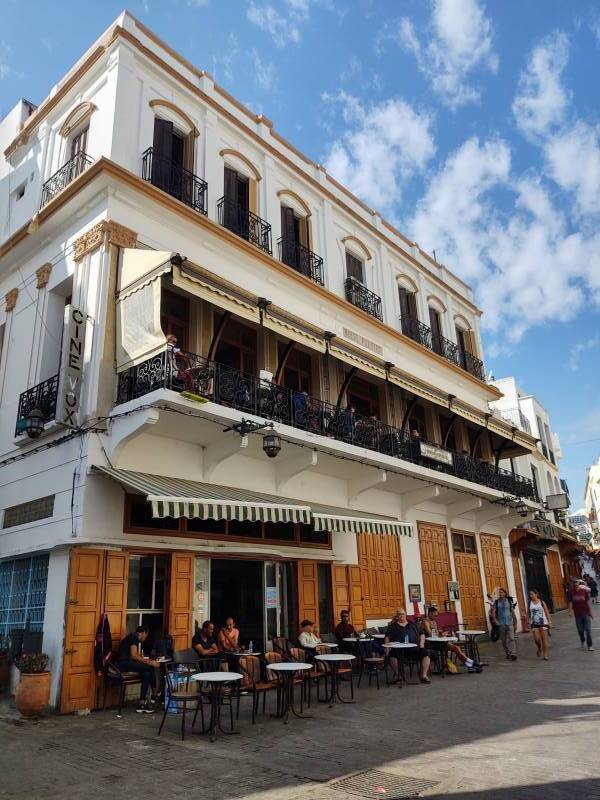
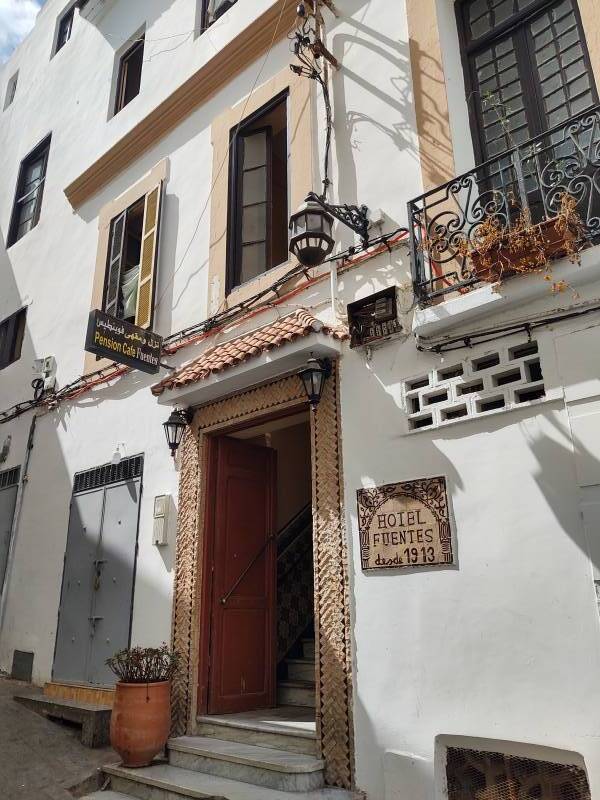
Here's my room, it was 208 Dirham a night as reserved through booking.com, or about US$ 19.35. A full-size bed pretty much filled the room. There was just enough space to walk, after a fashion, down either side of the bed, and between the foot of the bed and the small cabinet and table at the end of the room.
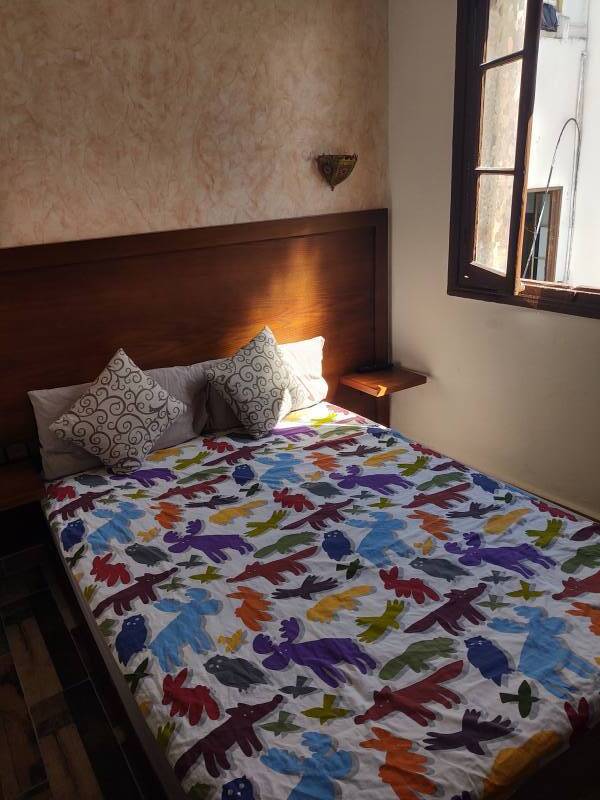
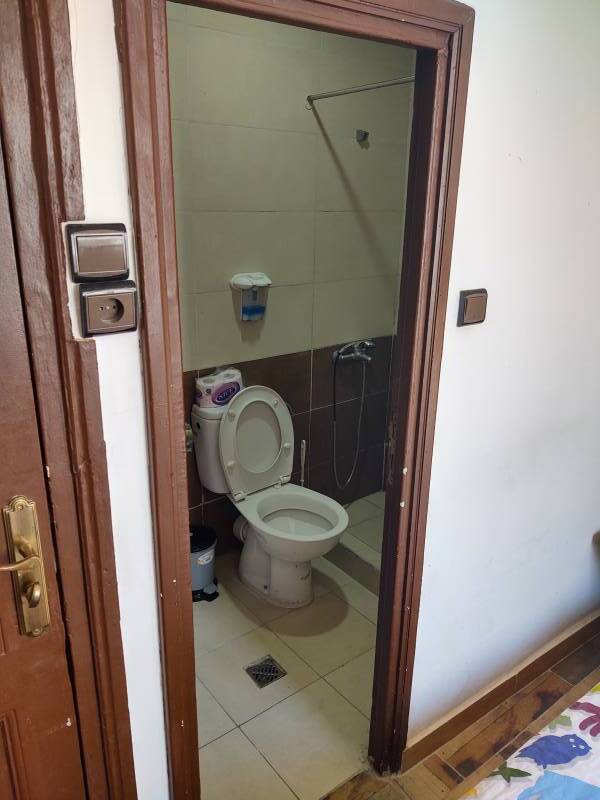
Three electrical outlets, a fan, and my own toilet, sink, and shower. I was set.
The Tangier International Zone
Extremely short history of Morocco up to the French ProtectorateTangier had been the main point of contact between the Moroccan monarchy and European governments and businesses since the 18th century. The port city was granted a monopoly on the imporation of tobacco and opium in Morocco in 1880, which led to a Hygiene Commission, which was further extended to other areas of operation. The 1912 treaty between France and Spain setting up their protectorates called for a special status for Tangier.
World War I delayed things, but in 1923 France, Spain, and the UK finalized the Tangier Protocol. That made the city a neutral zone, the Tangier International Zone, under their joint administration. There was no military presence, no taxes, and no tariffs. Other European governments joined the international group. The Zone became a hotbed of intrigue and espionage. There wasn't much intrigue in Casablanca. It would have been more realistic for the movie Casablanca to have instead been set in Tangier.
Spanish troops occupied Tangier during the time that Germany occupied Paris and past that until October 1945, when Tangier went back to its pre-war status.
The population of Tangier included about 40,000 Muslims, 31,000 Christians, and 15,000 Jews. The Muslim and Jewish communities were administered by a personal representative of the Sultan. The Christian community was under the international European group of nations. The overall administration of the Zone made for a cosmopolitan society of multiple nationalities and religions that got along with mutual tolerance and respect.
The group of countries controlling the International Zone returned Tangier to Morocco after the end of the French Protectorate. Sultan Mohammed V granted a temporary extension to the tax and other privileges, but in April 1960 the International Zone was no more and Tangier was a Moroccan city with no special status.
Maghrebi Mint Tea
Now it was time to relax on the balcony of the café. I got the national drink of Morocco, thé à la menthe or mint tea.
It's made with what the British named "gunpowder tea" because it looks like grains of gunpowder when the leaves have been rolled into small pellets. They started importing the tea into Morocco and Algeria in the 18th and 19th centuries. Jewish merchants in coastal cities shipped the tea and sugar into the interior.
There are elaborate ceremonies for preparing and serving it to guests in homes. In a café, the recipe involves boiling water, a spoonful of gunpowder tea pellets, and what seems to be a handful of sugar and a handful of spearmint leaves. It costs 12–15 Dirham in a relatively swanky café, 10–11 Dirham in a typical café like this one, which may or may not include a small bottle of mineral water, and down to 5 Dirham or less.
It's prepared with boiling water, you can't pick up the glass for a while. Now you have a table for at least an hour as you sip your tea and watch the medina pass by.
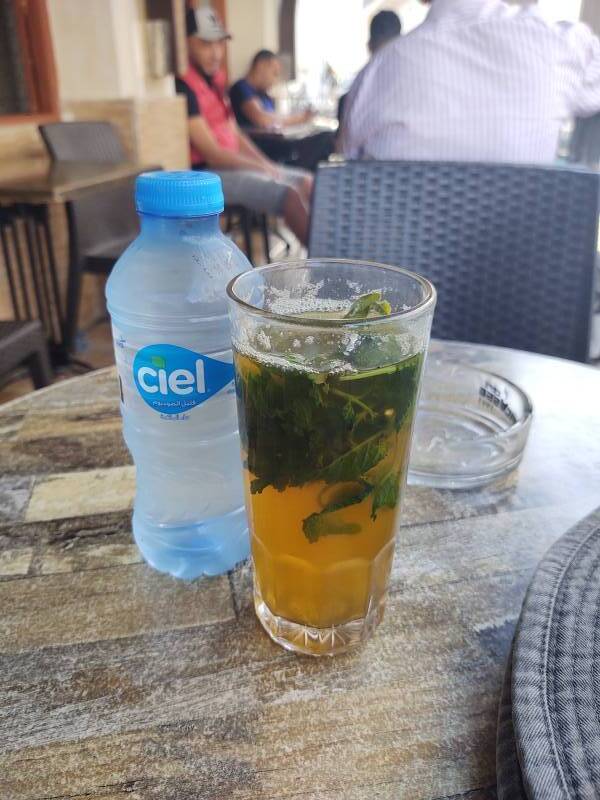
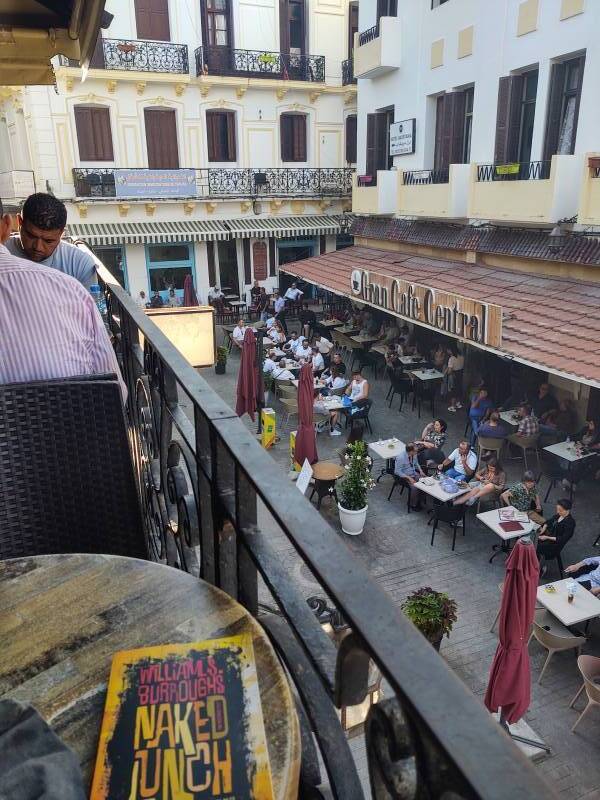
Yes, I was in the Souk Dakhli, within Interzone, overlooking the Gran Café Central where William S Burroughs spent a lot of time while he was living in Tangier and writing Naked Lunch. At that time, for the last six or seven years of the International Zone, the Petit Socco was a bustling market of heroin and young male prostitutes. So of course Burroughs was here. The drugs and pederasty are gone, or at least they're scaled back to the point they're no longer obvious. As for the heroin trade, the Zone's creation did come from Tangier having the monopoly on the importation of tobacco and opium.
If you are going to read or re-read Naked Lunch in Tangier or anywhere then make sure to get the "Restored Text" edition, and read the appendices first. If you just dive into "I could feel the heat closing in, feel them out there making their moves, ..." and so on, it will probably strike you as making no sense at all beyond trying to be offensive for the sake of being offensive. Reading the appendicies first gives you a big advantage for making some sense of it. But if it all makes perfect sense, seek medical attention.
Then, suddenly, drama in the souk. There was shouting and a loud clattering sound. A guy on a motorbike had attempted a scooter-borne snatch-and-scoot. Someone immediately clotheslined the perp and two or three guys wrestled him and the bike to the ground. Two undercover cops materialized out of nowhere, yanked him loose from the crowd, got him up against a storefront selling paint, paint rollers, rope, hose, and buckets, and applied handcuffs adequate to immobilize a Yeti. As seen here, with the perp in a red shirt and grey hat.
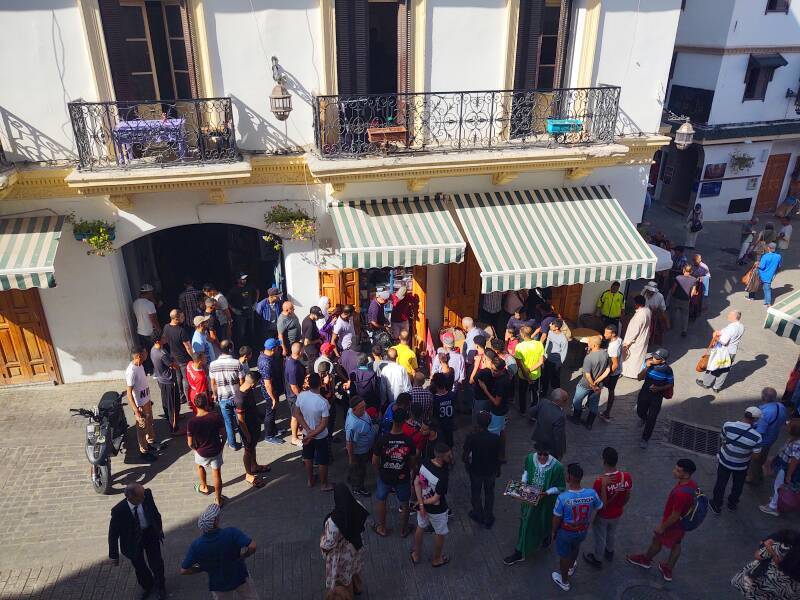
Then the screaming started. As best as I could figure out, three women all thought they were victims, but weren't. I think they must have gotten their phones swapped around while looking at pictures on each other's phones over glasses of mint tea. Each immediately checked to make sure her phone was OK, but each found someone else's — a friend's, but in the anxiety of the moment they didn't realize that. There was a lot of handing phones back and forth between the two cops and the three women before everyone settled down. The cops marched the perp off, and a small 3-wheel city vehicle came through and hauled the motorbike away.
That's the best interpretation I could come up with. My back-up guess was that it was a noisy and elaborate distraction from the real crime going down nearby. It probably was the most excitement for some time for that hardware store. Or maybe this sort of thing is common.
Then a guy going through the tea shop on crutches got tangled up in some lightweight wooden chairs. He and the chairs went down in a noisy heap.
When I was getting physical therapy after breaking my shoulder, the therapist happened to mention something about how crutches aren't prescribed any more in the U.S. because they're actually dangerous, often leading to further injury. Well, yes, like that guy. But the Moroccan orthopedic community still puts a lot of people on crutches. I was surprised by the number of people I saw using crutches in Morocco.
I got dinner at a terrace restaurant at the east end of Petit Socco. There's my guesthouse on the left, Gran Café Central on the right, and the lane up to Bab el-Fahs up the middle. Morocco had replaced all their incandescent and fluorescent lighting with LEDs, and many were a harsh bluish shade well beyond 5000 K, maybe closer to 6500 K. But much less hot and power-hungry.
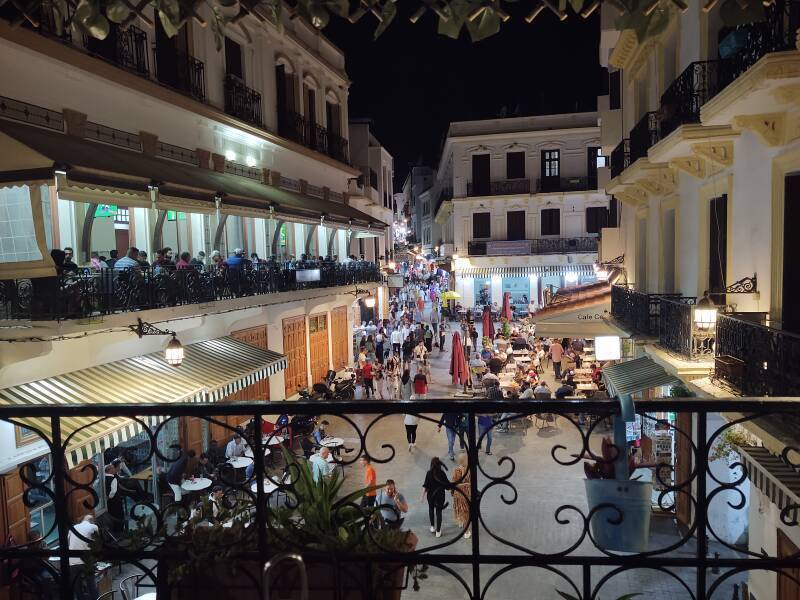
Starter of olivies, eggplant, and pickled carrot.
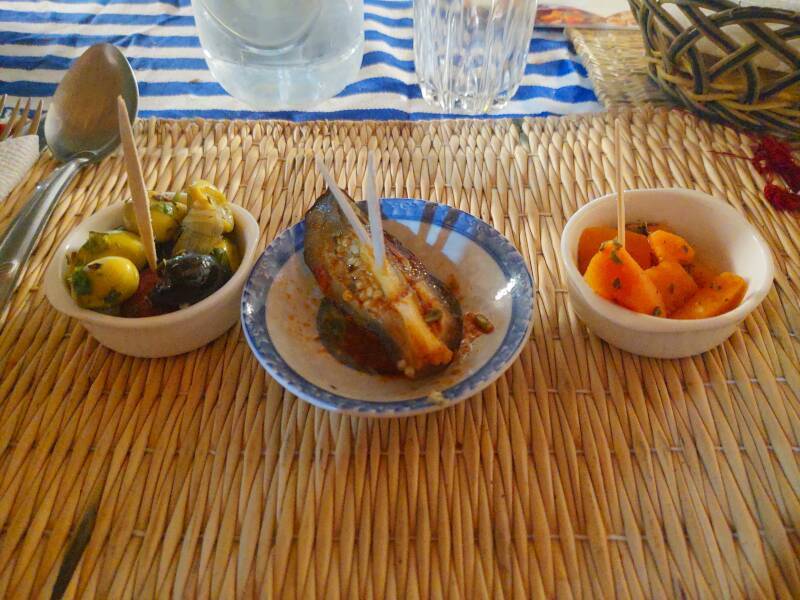
Then couscous poulet.
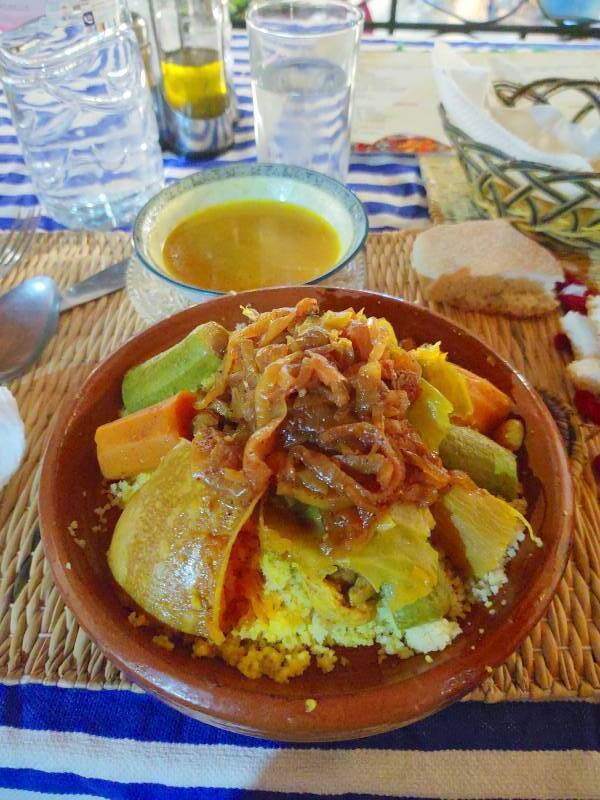
One evening at the tea café there was no football game on, so it was the backup plan of a movie in which Jason Stathan beats the stuffing out of people.

I started my time in Tangier with a visit to the American Legation. The history was interesting and surprising.
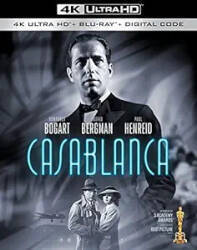
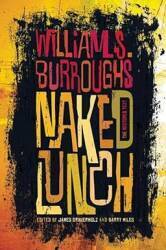
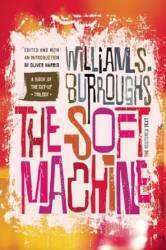
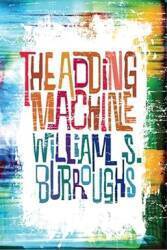

At the time:
1 Dirham = 0.093 US$
10.75 Dirham = 1 US$
or, close enough:
10 Dirham ≈ 1 US$